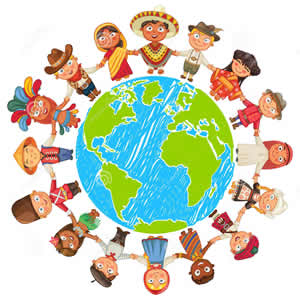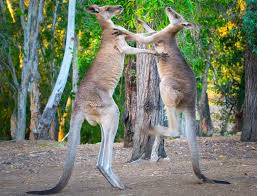Se-tenant: Self Adhesive Strip Of 5 (Australia 2017)
Self Adhesive Strip Of 5 (Australia 2017)
17 October (Australia ) within release Fair Dinkum Aussie Alphabet part 3 goes into circulation Se-tenant Self Adhesive Strip Of 5 face value 5*1 Australian dollar
| Se-tenant Self Adhesive Strip Of 5 in catalogues | |
|---|---|
| Stanley Gibbons: | Sg: AU 4812-4816 |
Se-tenant is square format.
Also in the issue Fair Dinkum Aussie Alphabet part 3:
- Stamp - U is for face value 1;
- Stamp - U is for face value 1;
- Stamp - B is for face value 1;
- Stamp - J is for face value 1;
- Stamp - J is for face value 1;
- Stamp - K is for face value 1;
- Stamp - G is for face value 1;
- Stamp - B is for face value 1;
- Stamp - G is for face value 1;
- Stamp - K is for face value 1;
- Se-tenant - Self Adhesive Strip Of 5 face value 5*1;
- Stamp - B is for face value 1;
- Stamp - K is for face value 1;
- Stamp - J is for face value 1;
- Stamp - G is for face value 1;
- Stamp - U is for face value 1;
- Booklet - B is for face value 10*1;
- Booklet - G is for face value 10*1;
- Booklet - J is for face value 10*1;
- Booklet - K is for face value 10*1;
- Booklet - U is for face value 10*1;
|
Data entry completed
46%
|
|
|---|---|
| Se-tenant Self Adhesive Strip Of 5 in digits | |
| Country: | Australia |
| Date: | 2017-10-17 |
| Emission: | Commemorative |
| Format: | Se-tenant |
| Face Value: | 5*1 Australian dollar |
Se-tenant Self Adhesive Strip Of 5 it reflects the thematic directions:
Birds (Aves), a subgroup of Reptiles, are the last living examples of Dinosaurs. They are a group of endothermic vertebrates, characterised by feathers, toothless beaked jaws, the laying of hard-shelled eggs, a high metabolic rate, a four-chambered heart, and a strong yet lightweight skeleton. Birds live worldwide and range in size from the 5 cm (2 in) bee hummingbird to the 2.75 m (9 ft) ostrich. They rank as the class of tetrapods with the most living species, at approximately ten thousand, with more than half of these being passerines, sometimes known as perching birds. Birds are the closest living relatives of crocodilians.
A car is a wheeled, self-powered motor vehicle used for transportation and a product of the automotive industry. Most definitions of the term specify that cars are designed to run primarily on roads, to have seating for one to eight people, to typically have four wheels with tyres, and to be constructed principally for the transport of people rather than goods. The year 1886 is regarded as the birth year of the modern car. In that year, German inventor Karl Benz built the Benz Patent-Motorwagen. Cars did not become widely available until the early 20th century. One of the first cars that was accessible to the masses was the 1908 Model T, an American car manufactured by the Ford Motor Company. Cars were rapidly adopted in the United States of America, where they replaced animal-drawn carriages and carts, but took much longer to be accepted in Western Europe and other parts of the world.
A culture is a way of life of a group of people--the behaviors, beliefs, values, and symbols that they accept, generally without thinking about them, and that are passed along by communication and imitation from one generation to the next. Culture is symbolic communication. --the behaviors, beliefs, values, and symbols that they accept, generally without thinking about them, and that are passed along by communication and imitation from one generation to the next. Culture is symbolic communication.
Kangaroos are marsupials from the family Macropodidae (macropods, meaning "large foot"). In common use the term is used to describe the largest species from this family, the red kangaroo, as well as the antilopine kangaroo, eastern grey kangaroo, and western grey kangaroo.Kangaroos are indigenous to Australia and New Guinea. The Australian government estimates that 42.8 million kangaroos lived within the commercial harvest areas of Australia in 2019, down from 53.2 million in 2013.Sheep (pl.: sheep) or domestic sheep (Ovis aries) are a domesticated, ruminant mammal typically kept as livestock. Although the term sheep can apply to other species in the genus Ovis, in everyday usage it almost always refers to domesticated sheep. Like all ruminants, sheep are members of the order Artiodactyla, the even-toed ungulates. Numbering a little over one billion, domestic sheep are also the most numerous species of sheep. An adult female is referred to as a ewe (/juː/ yoo), an intact male as a ram, occasionally a tup, a castrated male as a wether, and a young sheep as a lamb.





